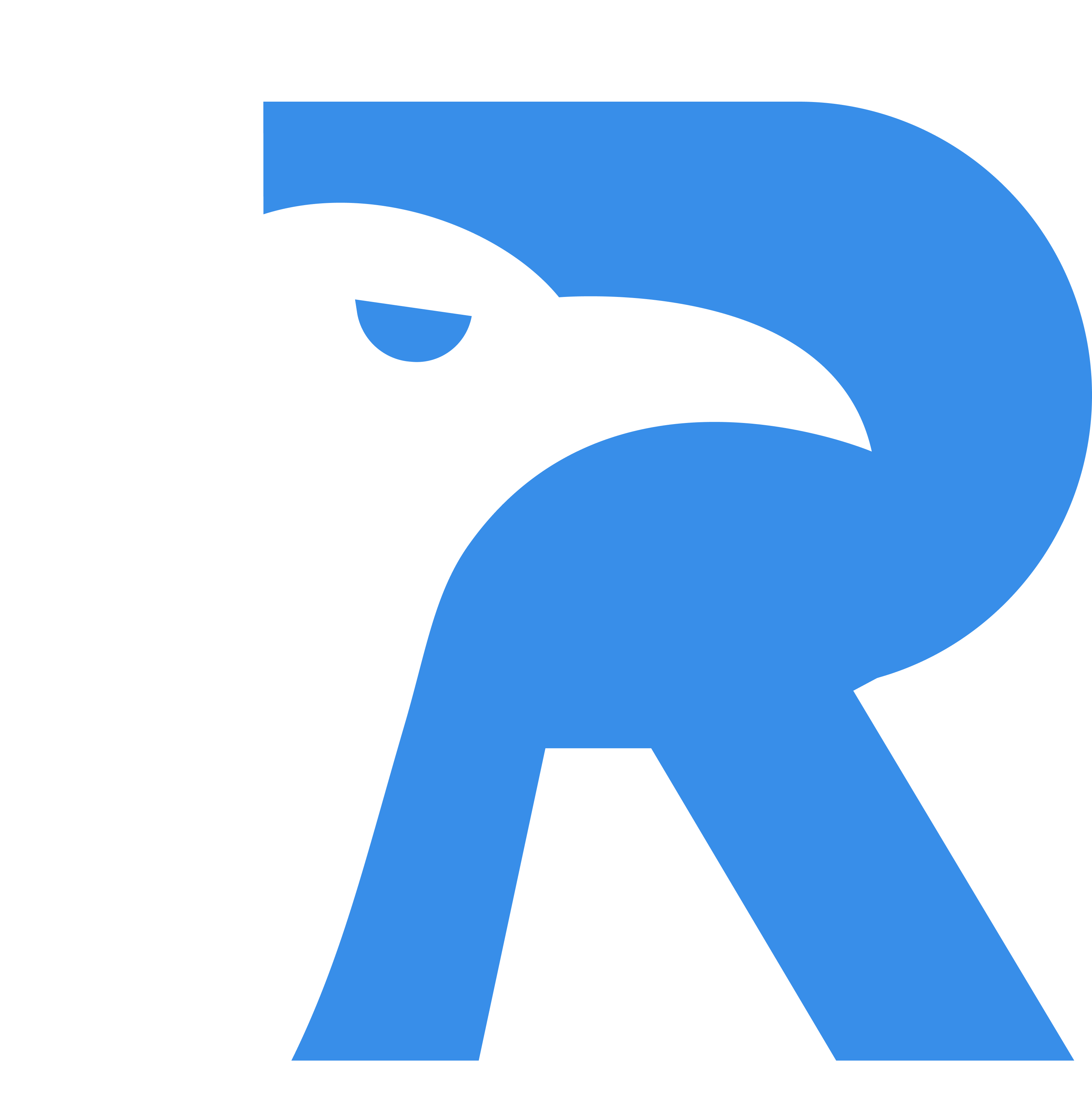
DATABASES COMPARISON
For your convenience, we compared known databases to RavenDB NoSQL database - see how RavenDB tops known databases in many areas and features: concurrency control, single-node transactions, distributed transactions, querying, indexing and more.
